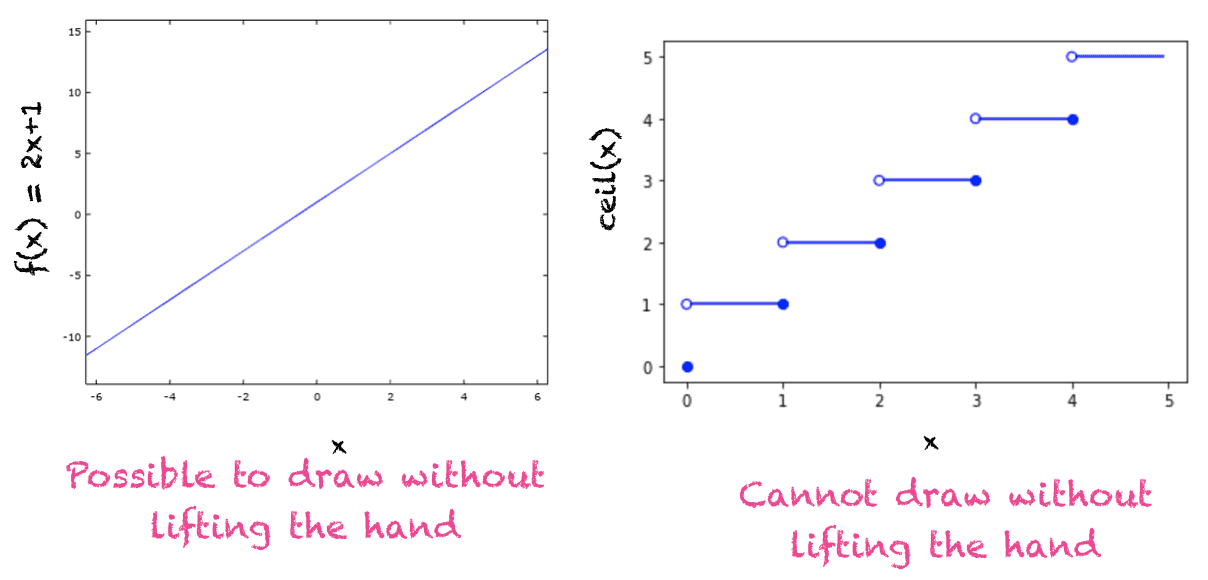In set theory, a continuous function is a sequence of ordinals such that the values assumed at limit stages are the limits (limit suprema and limit infima) of all values at previous stages. More formally, let γ be an ordinal, and be a γ-sequence of ordinals. Then s is continuous if at every limit ordinal β < γ,
and
Alternatively, if s is an increasing function then s is continuous if s: γ → range(s) is a continuous function when the sets are each equipped with the order topology. These continuous functions are often used in cofinalities and cardinal numbers.
A normal function is a function that is both continuous and strictly increasing.
References



![Solved Let S be a set of continuous function on [1, 1]. For](https://d2vlcm61l7u1fs.cloudfront.net/media/0c8/0c8dffd3-2afd-4c4e-9ba0-b849d04e1d2d/phpEUziYT.png)
